Regarding cultural travel, most people think of iconic festivals like Rio’s Carnival, Oktoberfest, or India’s Diwali.
While these well-known events have undeniable appeal, the world is filled with lesser-known cultural festivals that can offer an equally, if not more, immersive experience. These unique celebrations are deeply rooted in tradition, history, and local pride, often providing a more intimate and authentic window into a culture. Here’s a look at some of the most remarkable cultural festivals you’ve probably never heard of but should experience.
Table of Contents
- 13 Cultural Festivals You’ve Never Heard Of But Should Experience
- 1. Naadam Festival – Mongolia
- 2. Albuquerque International Balloon Fiesta – USA
- 3. Jember Fashion Carnaval – Indonesia
- 4. Tana Toraja Funeral Ceremony – Indonesia
- 5. Up Helly Aa – Scotland
- 6. Inti Raymi – Peru
- 7. Wodaabe Gerewol Festival – Chad and Niger
- 8. Pushkar Camel Fair – India
- 9. Yi Peng Lantern Festival – Thailand
- 10. Las Luminarias – Spain
- 11. Hornbill Festival – India
- 12. Songkran – Water Festival – Laos
- 13. Kukeri Festival – Bulgaria
- Related Questions
13 Cultural Festivals You’ve Never Heard Of But Should Experience
At A Bus On A Dusty Road, we are dedicated to embracing life as global citizens and believe strongly in the wealth of knowledge we can gain from the diverse and vibrant world around us. One of the best ways to immerse ourselves in new cultures and broaden our horizons is through experiencing cultural festivals.
Here, we present 13 unique cultural festivals that offer unparalleled insight and unforgettable experiences.
1. Naadam Festival – Mongolia
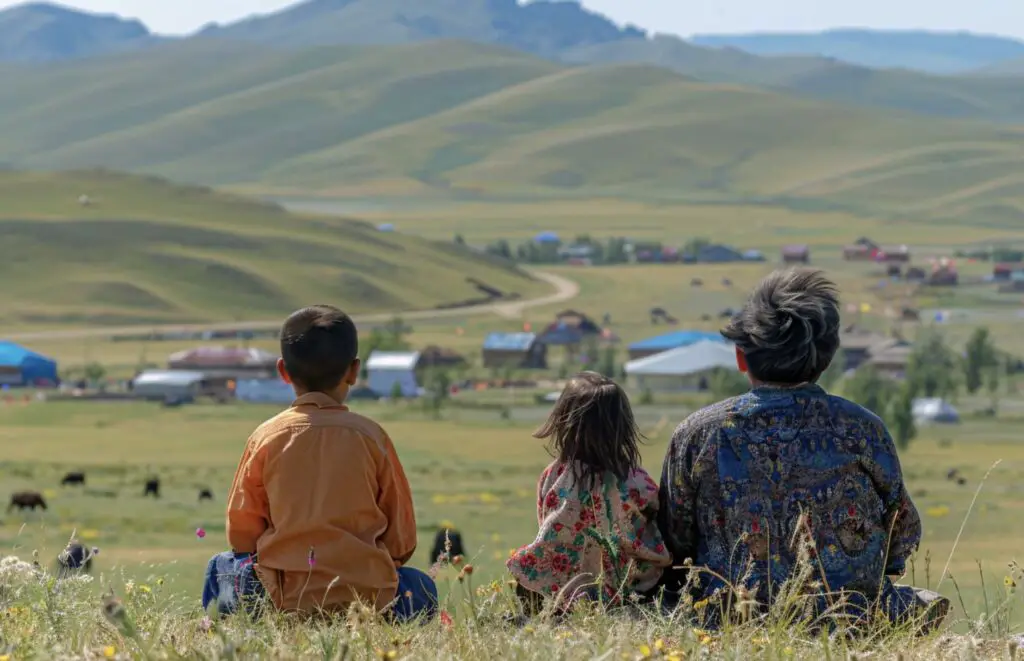
Timing: Mid-July
Location: Ulaanbaatar and across Mongolia
Why You Should Go: The Naadam Festival is often called the “Three Games of Men,” celebrating the country’s unique heritage through three primary sports: wrestling, horse racing, and archery. Dating back to the time of Genghis Khan, this event showcases the prowess and competitive spirit deeply ingrained in Mongolian culture. Recently, the festival has become more inclusive, with women participating in archery and horse racing.
What to Expect: The opening ceremony in Ulaanbaatar’s National Sports Stadium features traditional dance, music, and parades of people in elaborate, colorful Mongolian costumes. Outside the city, the festival becomes even more rustic, providing a glimpse into the nomadic lifestyle that has defined Mongolia for centuries.
2. Albuquerque International Balloon Fiesta – USA
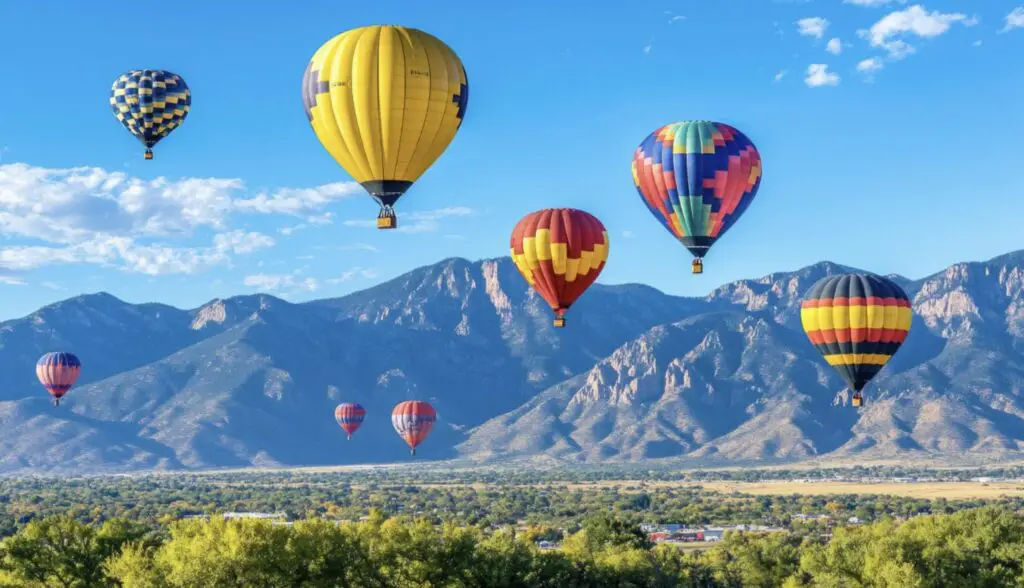
Timing: Early October
Location: Albuquerque, New Mexico
Why You Should Go: While not entirely obscure, the Albuquerque International Balloon Fiesta remains surprisingly under the radar for many international travelers. This nine-day event is the largest hot-air balloon festival in the world and an awe-inspiring celebration of color, innovation, and spectacle.
What to Expect: The festival’s highlight is the mass ascension when hundreds of balloons lift off at dawn, creating a breathtaking sky filled with vibrant shapes and hues. Nighttime events such as “Glowdeo” feature illuminated balloons, making the festival an enchanting experience from sunrise to sunset.
3. Jember Fashion Carnaval – Indonesia
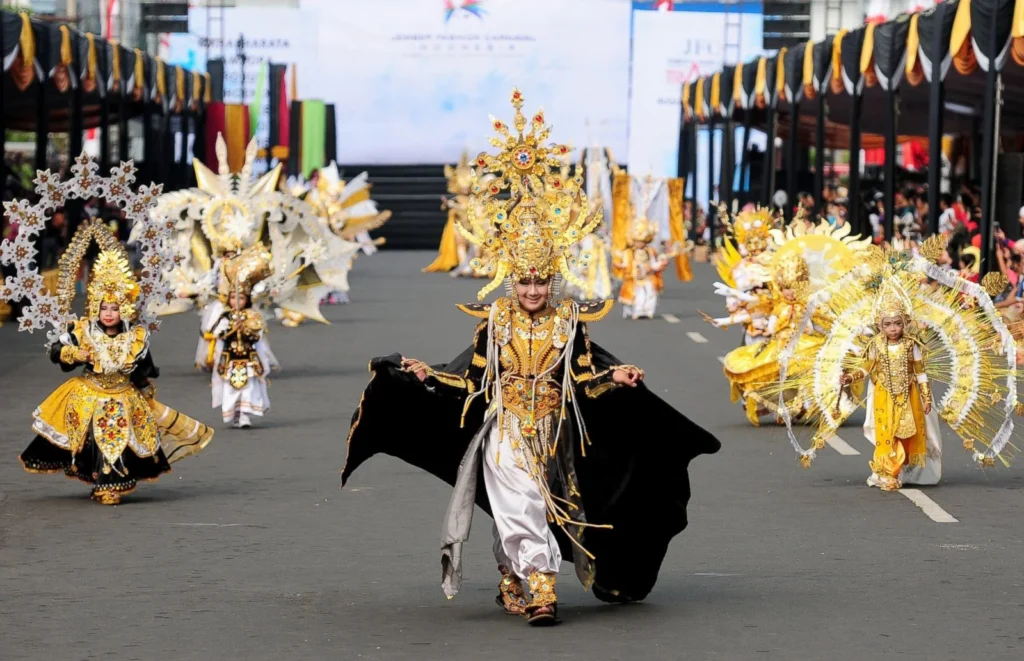
Timing: August
Location: Jember, East Java
Why You Should Go: For those who love the intersection of tradition and modern fashion, the Jember Fashion Carnaval (JFC) offers a dazzling display. The parade mixes high fashion, avant-garde design, and traditional Indonesian cultural elements.
What to Expect: This event is far more than a simple parade—it’s a multi-day festival that transforms the streets of Jember into a runway where participants showcase intricate, hand-made costumes representing various themes, often inspired by Indonesian folklore, mythology, and national identity. Expect to see creations that could rival fashion houses’ detail and creativity.
4. Tana Toraja Funeral Ceremony – Indonesia
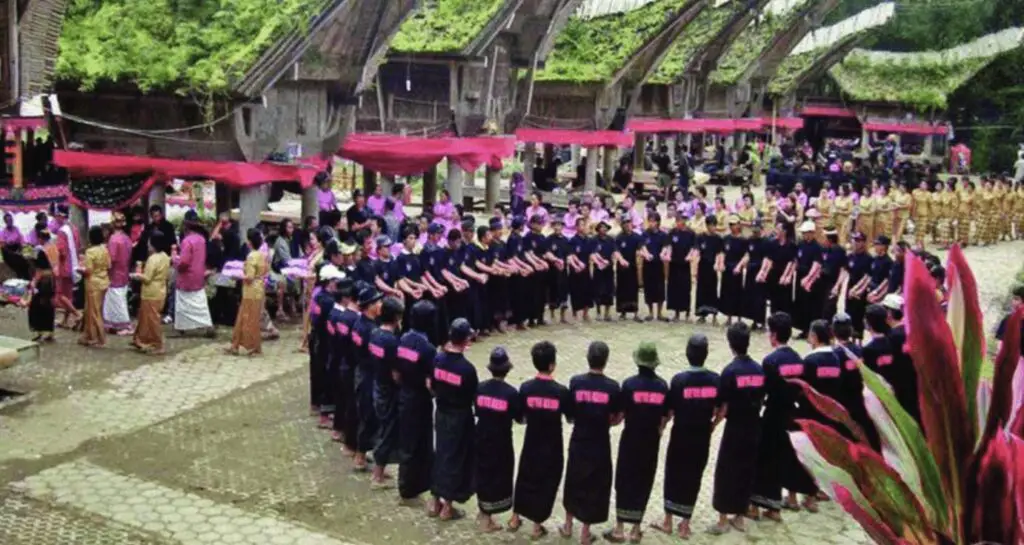
Timing: Throughout the year, depending on family circumstances
Location: Tana Toraja, Sulawesi
Why You Should Go: The Tana Toraja funeral ceremonies, known as Rambu Solo, are not your typical festivals but are considered a pivotal cultural event in this region of Indonesia. These elaborate, multi-day rites are as much a celebration of life as they are a send-off for the departed.
What to Expect: These ceremonies can last for days and include rituals such as water buffalo sacrifices, traditional dances, and processions. Visitors are welcomed but must show respect by wearing traditional clothing and adhering to local customs. The festival is an insight into how Torajan people perceive life, death, and the afterlife, reflecting their deep spiritual beliefs.
5. Up Helly Aa – Scotland
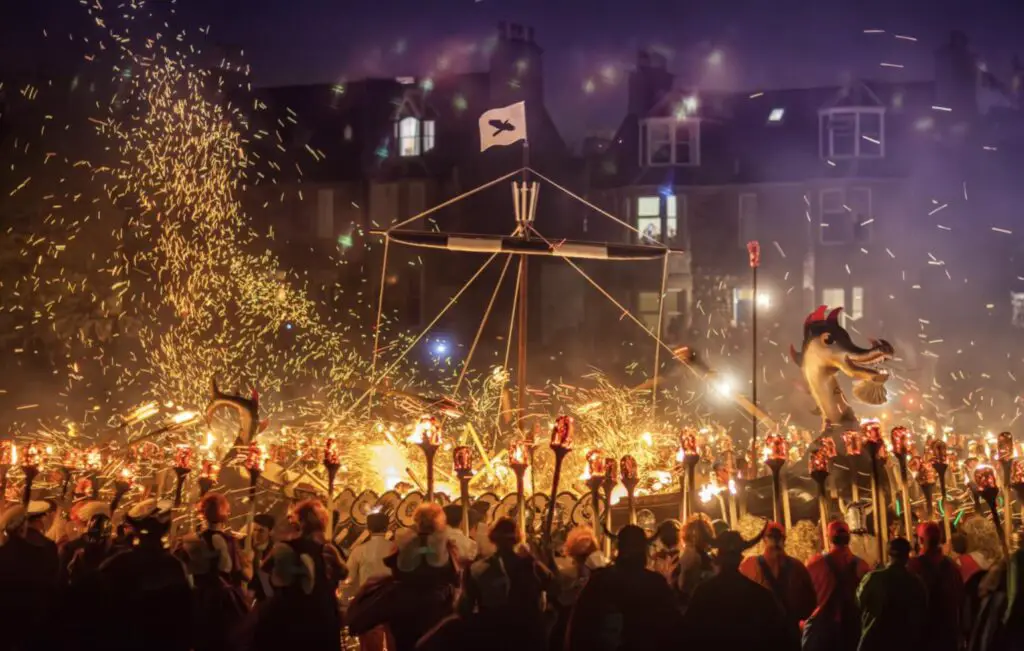
Timing: Last Tuesday of January
Location: Lerwick, Shetland Islands
Why You Should Go: If you’re intrigued by Norse mythology and Viking culture, Up Helly Aa in Scotland’s Shetland Islands is a must-see. This festival marks the end of the Yule season and celebrates the region’s Viking heritage.
What to Expect: The festival features a procession of costumed “Vikings” led by the Jarl, culminating in the dramatic burning of a specially constructed Viking longship. The event is known for its lively celebrations, singing, and the camaraderie that spills into local halls for traditional music and revelry.
6. Inti Raymi – Peru
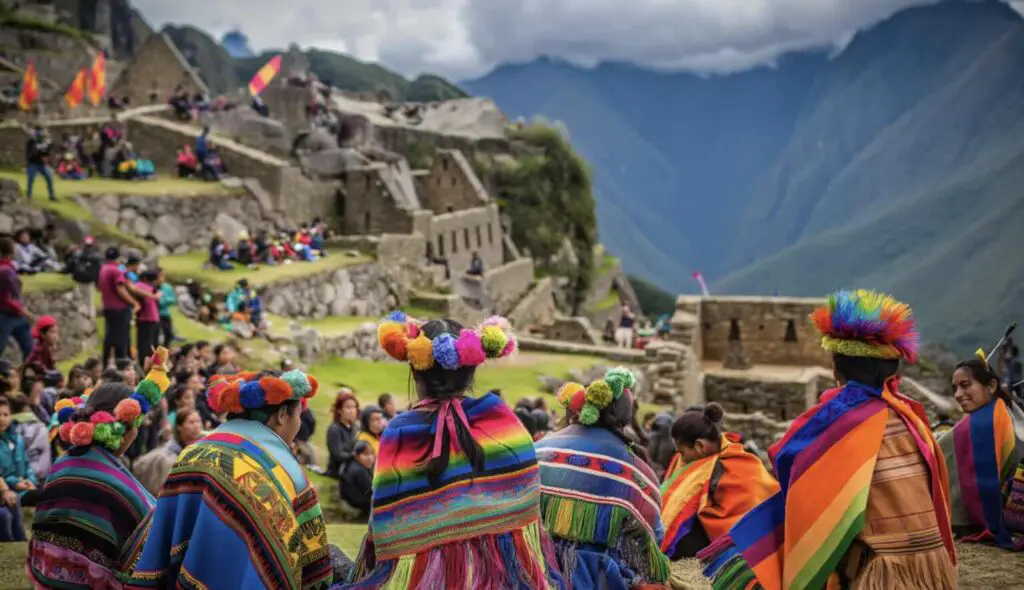
Timing: June 24
Location: Cusco
Why You Should Go: The Inti Raymi, or Festival of the Sun, is a traditional Andean celebration that honors Inti, the Incan sun god. While many travelers head to Cusco for Machu Picchu, few know that attending this festival offers a profound cultural experience that dates back to the 15th century.
What to Expect: Dancers and actors, dressed in elaborate costumes replicating Incan attire, reenact ancient ceremonies at Sacsayhuamán, a historic site just outside of Cusco. The event is filled with ritual dances, music, and a sense of reverence for the natural elements that sustain life in the Andes.
7. Wodaabe Gerewol Festival – Chad and Niger

Timing: September
Location: Various parts of Chad and Niger
Why You Should Go: The Gerewol Festival is an elaborate courtship ritual performed by the Wodaabe people. It’s a unique event where men dress in striking costumes, adorn themselves with elaborate face paint, and perform dances and songs to impress potential brides.
What to Expect: The men are judged on their beauty, dance prowess, and charisma, making the event a fascinating look at how beauty ideals and relationships are viewed in different cultures. The festival also showcases the rich traditions of the Wodaabe, including their music, fashion, and social structures.
8. Pushkar Camel Fair – India
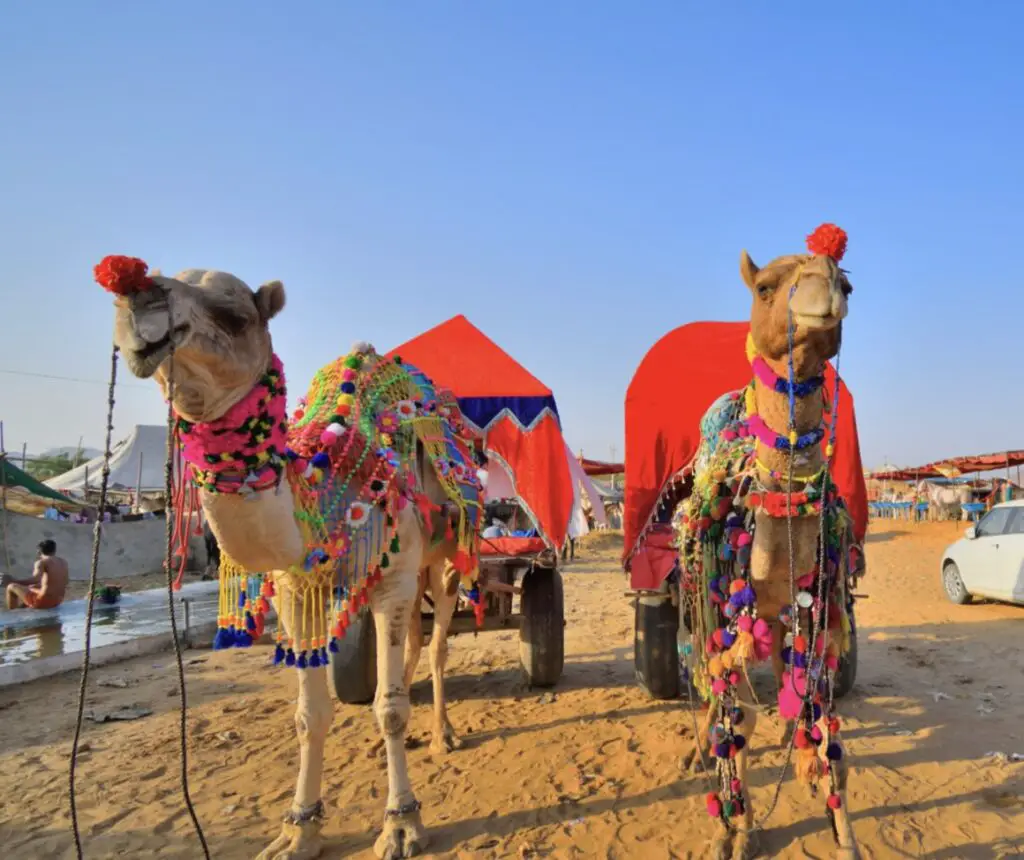
Timing: Late October to early November
Location: Pushkar, Rajasthan
Why You Should Go: The Pushkar Camel Fair is one of the most colorful and lively festivals you’ll find in India. While it is primarily a livestock fair where farmers trade camels, horses, and cattle, it has evolved into a more significant celebration that includes music, dance, and competitions.
What to Expect: The festival offers a fantastic blend of commerce and culture. Beyond the animal trading, visitors can witness camel races, turban-tying contests, and traditional dances. The market is bustling with stalls selling everything from handcrafted jewelry to local spices, making it an ideal spot for immersive cultural shopping.
9. Yi Peng Lantern Festival – Thailand

Timing: November, coinciding with the full moon of the 12th lunar month
Location: Chiang Mai
Why You Should Go: While the Lantern Festival of Yi Peng often overlaps with the more famous Loy Krathong, it has its unique beauty and tradition. Releasing lanterns into the sky symbolizes letting go of misfortunes and welcoming new beginnings.
What to Expect: Imagine a night sky illuminated by thousands of glowing lanterns, each carrying a wish. The festival also includes cultural performances, parades, and fireworks. It’s a serene and spiritual experience offering a more reflective celebration approach.
10. Las Luminarias – Spain
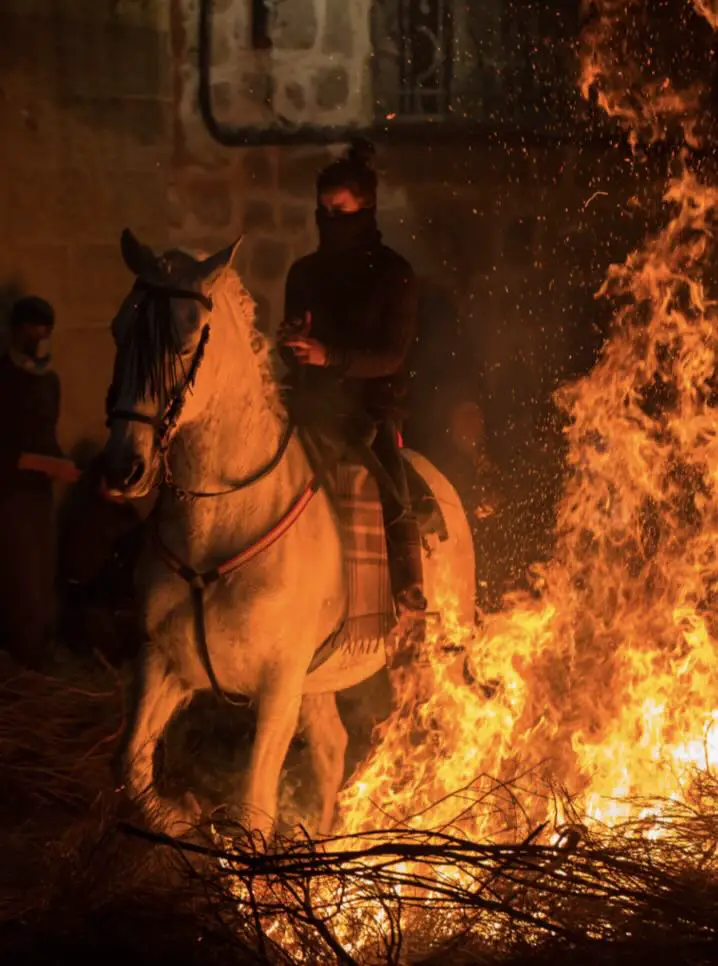
Timing: January 16
Location: San Bartolomé de Pinares
Why You Should Go: For thrill-seekers and those interested in historic rituals, Las Luminarias is an extraordinary festival where locals ride horses through bonfires to purify their animals and protect them for the coming year. The practice dates back centuries and symbolizes the close bond between humans and their animals.
What to Expect: Riders and horses leap through walls of flame in a dramatic spectacle. The atmosphere is both festive and reverent, as participants believe the fire has a cleansing power. This tradition is steeped in faith and courage, reflecting the community’s strong ties to their heritage.
11. Hornbill Festival – India

Timing: December 1–10
Location: Kohima, Nagaland
Why You Should Go: Named after the bird often featured in local folklore, the Hornbill Festival is an incredible showcase of the diverse cultures of Nagaland’s tribes. It’s known as the “Festival of Festivals” because it brings together the traditions and practices of the region’s 16 major tribes.
What to Expect: Dance, music, indigenous games, and traditional craft displays highlight Nagaland’s rich cultural tapestry. Visitors can witness warrior dances, listen to folk songs, and even try their hand at traditional sports. The festival fosters unity among the tribes and offers an unforgettable cultural immersion for travelers.
12. Songkran – Water Festival – Laos

Timing: Mid-April
Location: Luang Prabang and across Laos
Why You Should Go: While Songkran is widely celebrated in Thailand, the Lao version in Luang Prabang maintains a uniquely spiritual essence. It marks the Lao New Year and is rooted in religious and cultural traditions.
What to Expect: The festival involves cleansing rituals where water is splashed on statues of Buddha, elders, and participants to symbolize purification. Processions, sand stupa buildings, and traditional dances add to the festivities. Unlike the chaotic water fights seen in Thailand, the event in Laos has a more peaceful and community-oriented atmosphere.
13. Kukeri Festival – Bulgaria

Timing: January and February, varying by region
Location: Pernik and other towns
Why You Should Go: The Kukeri Festival is a vibrant and slightly eerie tradition where participants dress as beasts, covered in furs and adorned with large bells and elaborate masks, to scare away evil spirits. The ritual ensures a good harvest and the well-being of the community. This practice dates back centuries and is rooted in ancient Thracian traditions.
What to Expect: The festival showcases a parade of people donning intricate costumes designed to look mythical and fearsome. These “Kukeri” dance and move rhythmically to the sound of large bells strapped around their waists, creating a haunting and captivating atmosphere. The sight of these elaborately costumed performers and the deep sense of tradition make it an unforgettable cultural experience.
Experiencing these lesser-known cultural festivals is more than just attending an event; it’s a journey into the heart of a community’s way of life. They allow travelers to move beyond the surface and engage with local history, beliefs, and customs in a way popular festivals may not always offer.
For those seeking unique travel experiences, immersing in these hidden gems can provide lasting memories and a deeper understanding of the world’s diverse cultures. So, venture off the beaten path and let these incredible cultural celebrations enrich your global journey.
At A Bus On A Dusty Road, we talk about travel, life, and ex-pat living. We are all about “Living Life As A Global Citizen.” We explore social, cultural, and economic issues and travel.
We would love to have you be part of our community. Sign up for our newsletter to keep up-to-date by clicking here. If you have any questions, you can contact me, Anita, by clicking here.
Listen to our Podcast called Dusty Roads. You can find it on all major podcast platforms. Try out listening to one of our podcasts by clicking here.
Subscribe to our A Bus On A Dusty Road YouTube Channel with great videos and information by clicking here.
Related Questions
What Continent Is Hawaii A Part Of, And Why?
Politically, Hawaii is considered part of the North American continent as it is one of the United States of America states. But location-wise, many people believe it is part of the Oceania continent as it is located within the area known as Polynesia.
By clicking here, you can discover What Continent Is Hawaii A Part Of And Why?.
What’s The Difference Between Hawaiian And Polynesian?
Native Hawaiian on the Hawaiian island is considered to be part of Polynesia. It is part of what is known as the Polynesian triangle, which includes many islands in Polynesia. But even though Hawaiians are under the ethnic umbrella of Polynesia, there is still some difference between them and their Polynesian counterparts.
By clicking here, you can discover What’s The Difference Between Hawaiian And Polynesian?.
Is Hawaii In One Or Two Time Zones?
Hawaii has a one-time zone. It is in the Hawaii – Aleutian time zone, which means it shares a time zone with part of Alaska. Hawaii has never changed its time for daylight savings time because Hawaii is near the equator, so the sunrise and sunset do not fluctuate greatly throughout the year.
By clicking here, you can discover Is Hawaii In One Or Two Time Zones?

